How plant-harnessing technology purifies the air of indoor spaces for healthier homes...
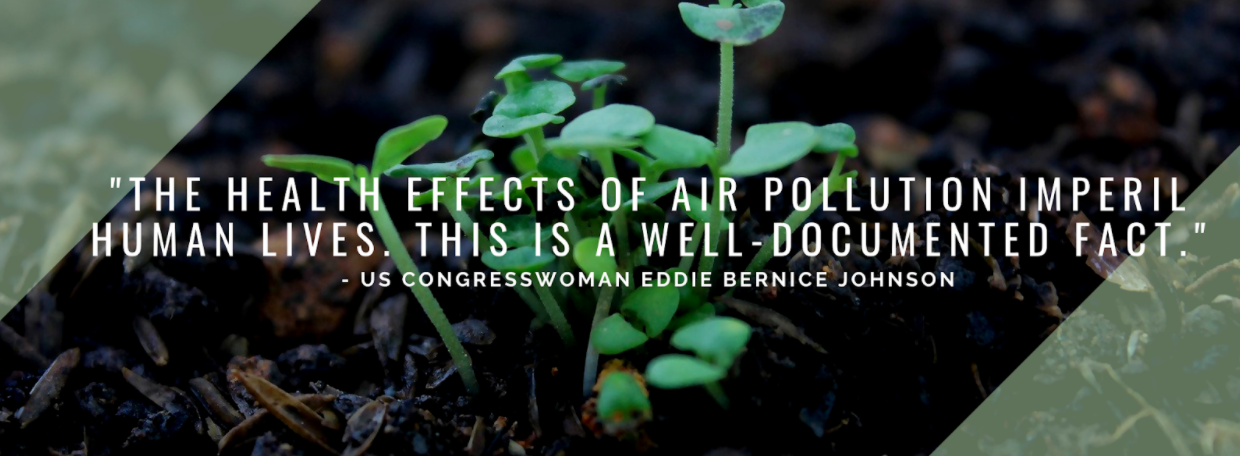
Adding plants to our spaces - whether outdoors or inside - has been proven to improve our overall health. When used indoors, plants can help with depression and anxiety, and even help with providing cleaner air. In our article “3 Hardy Plants for Home Decor and Mental Health,” we suggest that caring for plants “‘helps you focus...on something other than yourself.” This encourages people to avoid being “too insular [which] can send some people into depressive states.” Choosing plants that purify the air through their roots and surrounding soil can improve the overall health of your home - and by extension - yourself. Follow below to learn more about how to effectively harness the process of phytoremediation for home health.
What is Phytoremediation?
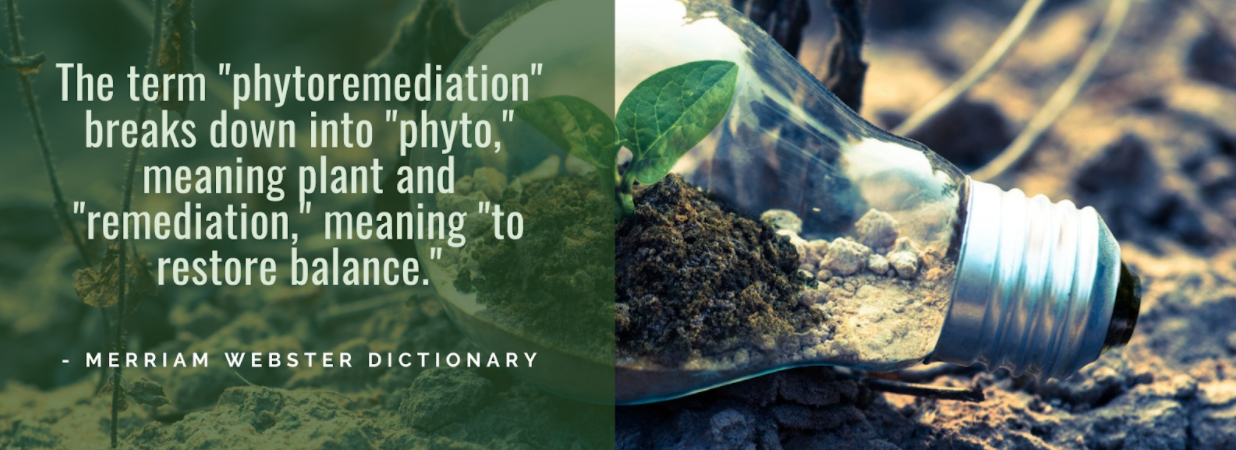
According to the Encyclopedia of Ecology, phytoremediation is a process by which air, water, and soil are cleansed by plants. The authors explain that the phytoremediation uses living green plants “for in situ removal, degradation, and containment of contaminants” in the environment. Jorgensen and McCutcheon note that the inclusion of living plants can help cleanse soil and air, as well as both surface and ground waters. This makes phytoremediation technology incredibly versatile and functional. The feasibility of phytoremediation in a number of different situations is another plus. Jorgensen and McCutcheon explain that “most applications are inexpensive due to the reliance on sunlight and recycling of nutrients in situ.”
How Does Phytoremediation Work?
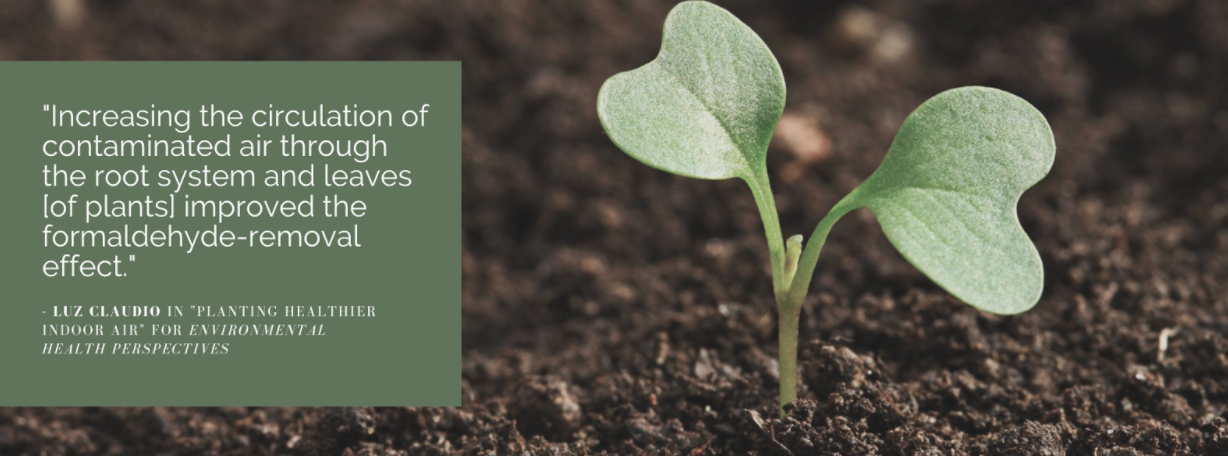
According to Sigurdur Greipsson in his publication “Phytoremediation” for the Department of Biology and Physics at KSU, there are four main implementations of phytoremediation. Greipsson lists these four implementations as phytostabilization, phytodegredation, phytovolatilization, and phytoextraction. According to Greipsson, phytostabilization focuses on improving soil health rather than removing contaminants by replacing the soil. This process “aims to retain contaminants in the soil and prevent further dispersal” by supporting existing elements within the soil. Phytostabilization involves adding plants to the soil that can provide additional microbes which “can decrease toxic effects of contaminants in the soil.” Greipsson explains that these “plants can also convert contaminants into less toxic forms, or decrease their bioavailability.”
The second approach - phytodegradation - involves breaking down “organic contaminants directly, through the release of enzymes from roots, or through metabolic activities within plant tissues.” Greipsson explains that through phytodegredation, “organic contaminants are converted to less harmful substances,” thereby improving the health of the soil. In this case, specific strains of bacteria are sometimes added to the soil.
The third approach - phytovolatilization - involves converting contaminants “inside plants to a gaseous state.” These contaminants are then “released into the atmosphere via the evapotranspiration process.” This process is typically conducted outside only, rather than in interiors. Large plants like trees are often involved in phytovolatilization, Greipsson explains, as they are effective at converting VOCs into less harmful substances. Certain trees like hybrid poplars and tulip trees have been genetically engineered to allow the plants to better “volatilize specific contaminants.”
The fourth and final technique of applied phytoremediation is phytoextraction. In phytoextraction, “plants are used to accumulate contaminants in the above-ground, harvestable biomass.” In this process, only certain plants that can “hyper-accumulate [toxins] without any toxic effects” are used. According to Greipsson, “these plants are adapted to naturally occurring, metalliferous soils…[and] can hyper-accumulate various metals.”
How and Where is Phytoremediation Used Today?
Phytoremediation is used outdoors in a number of ways. It can be used to remove pollutants from air and drinking water in city centers. It can also be used in agricultural areas to remove toxins from soil and groundwater. Another use is to increase the health of residential properties through changes in the back- and front yards. James G. Speight writes in “Remediation Technologies” that “phytoremediation may be applied wherever" water or air "has become polluted." It can also be used wherever there is ongoing chronic pollution.”
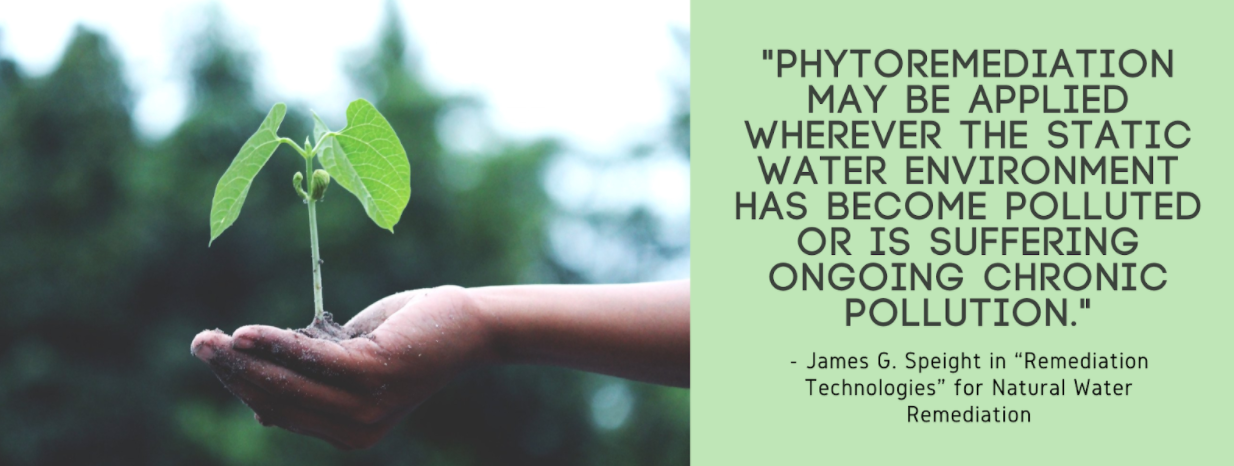
Speight explains that the uses for phytoremediation outdoors are practically endless. Phytoremediation has lessened the effects and concentrations of contaminants in projects across the globe. Speight notes that contaminants such as “metals, pesticides, solvents, explosives, and crude oil and its derivatives” can all be mitigated with phytoremediation techniques. Some plants listed by Speight to be effective include “mustard plants, alpine pennycress, hemp, and pigweed.” These are especially sought after because they “have proven to be successful at hyper-accumulating contaminants at toxic waste sites.”
Use of Phytoremediation for Home Health through Houseplants
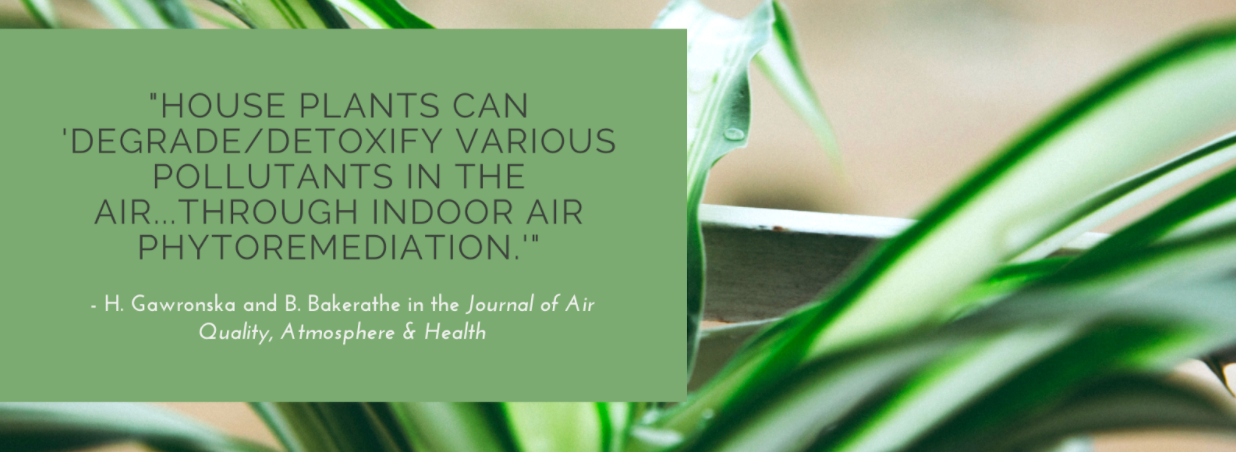
According to the brief “A Citizen's Guide to Phytoremediation” - published by the EPA - “phytoremediation is a low-risk and attractive cleanup method.” While you might imagine phytoremediation is only effective outdoors with large plants, such as trees and shrubs, this is not the case. Recent studies have found that some indoor houseplants can remove VOCs and particulate matter from the air through phytoremediation. A study published in the Journal of Air Quality, Atmosphere & Health found that many indoor houseplants can “degrade/detoxify various pollutants in the air." The study found that this is done through "indoor air phytoremediation.”
How Respira Uses Phytoremediation for Home Health
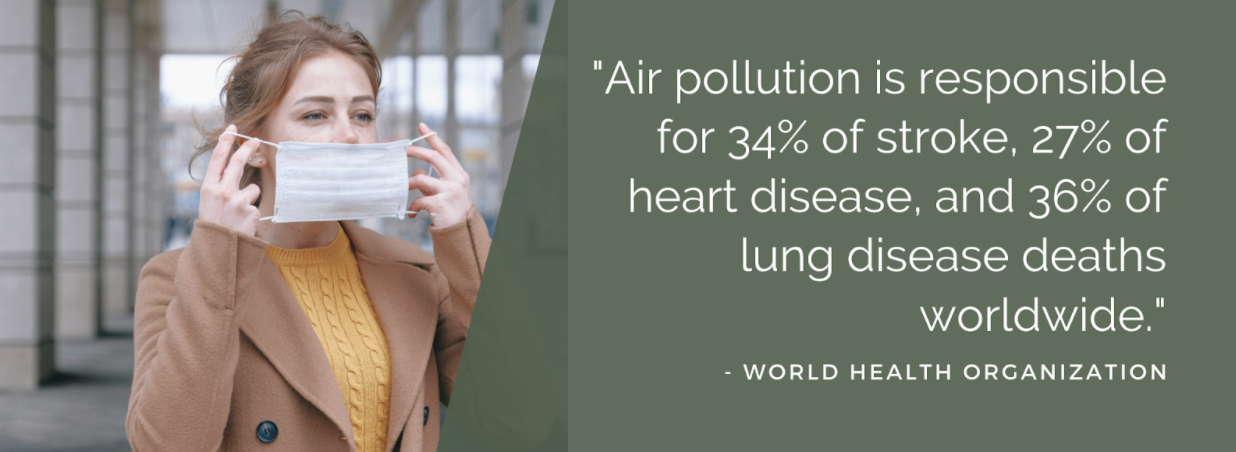
Our indoor living air purifiers use tropical plants to remove VOCs and particulate matter from indoor air. These non-pollinating plants are used in our system for their air-purifying abilities but they are also hypoallergenic making them safer for those prone to pollen allergies. Because all plants used in our unit can effectively perform in low light, they are also better suited for interiors. We have leveraged these plants to remove toxins from the surrounding air by harnessing the power of phytoremediation.

